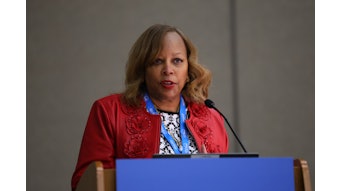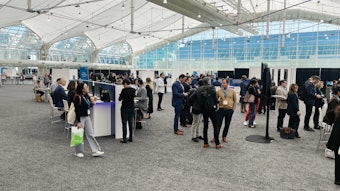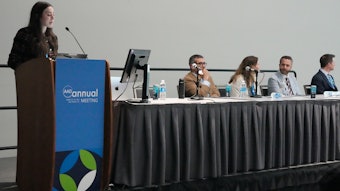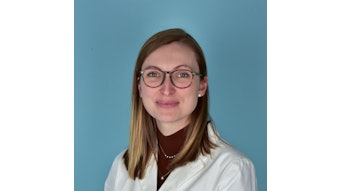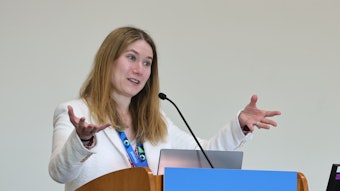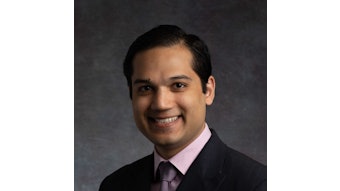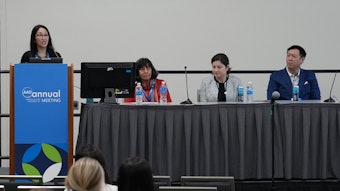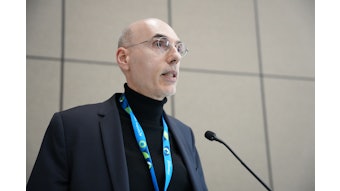Growing treatments for non-growing hair
Clinical experience with new therapies offers more targeted and effective approach.
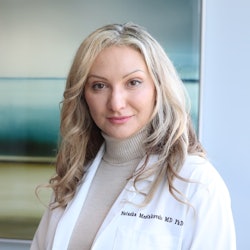
S022 – Alopecia Areata: New Therapies
1-4 p.m. | Friday, March 8
Location: Room 20A
New therapies are on the rise for alopecia areata, the most common cause of immune-mediated alopecia that affects 2% of the U.S. population and strikes at the core of a patient’s self-esteem.
Natasha Atanaskova Mesinkovska, MD, PhD, FAAD, vice chair of dermatology clinical research at the University of California-Irvine, said Janus kinase (JAK) inhibitors are among the newest treatments being used. Specifically, the FDA has approved baricitinib for patients 18 and older, and ritlecitinib for patients 12 and older.
“We are living in a most exciting moment for alopecia areata with the advent of new therapies with terrific efficacy and closely monitored evidence on their safety,” Dr. Mesinkovska said. “These medications are orally available and have short half-lives. They have been approved for use in ages 12 and above.”
Dr. Mesinkovska will lead a panel of experts in a discussion of those treatments, the pathology of alopecia areata, and therapeutic options in this afternoon’s session, S022 – Alopecia Areata: New Therapies.
The ideal candidate
One of the keys to these new treatment options, Dr. Mesinkovska explained, lies in knowing who is eligible to use them, as they might not be best for everyone.
“It is important to learn who the patients are who will respond well and to try to delineate what to use from the newly available options,” she said. “Especially in children and women of child-bearing age.”
A guiding light
That is where therapeutic guidelines come into play. The AAD recommends differing treatment plans depending on multiple factors, including how long the patient has been experiencing hair loss, the age of the patient, and the severity of the condition. Dr. Mesinkovska said — in all instances — it is important to begin treatment as early as possible.
“The goal [of the guidelines] is to make dermatologists aware that early treatment leads to better quality of life for patients,” she said.
Recipe for success: Add SALT
One tool that dermatologists should have in their arsenal for treating alopecia areata is the alopecia areata severity scale. Dr. Mesinkovska said this can be important beyond its use in clinical trials. It can be a critical step in helping patients ensure that their treatment is covered.
“We always thought all the scores were important simply for clinical trials, but now we all have to know how to do a SALT (severity of alopecia tool) score in order to get coverage for therapy for our alopecia areata patients,” she said.

